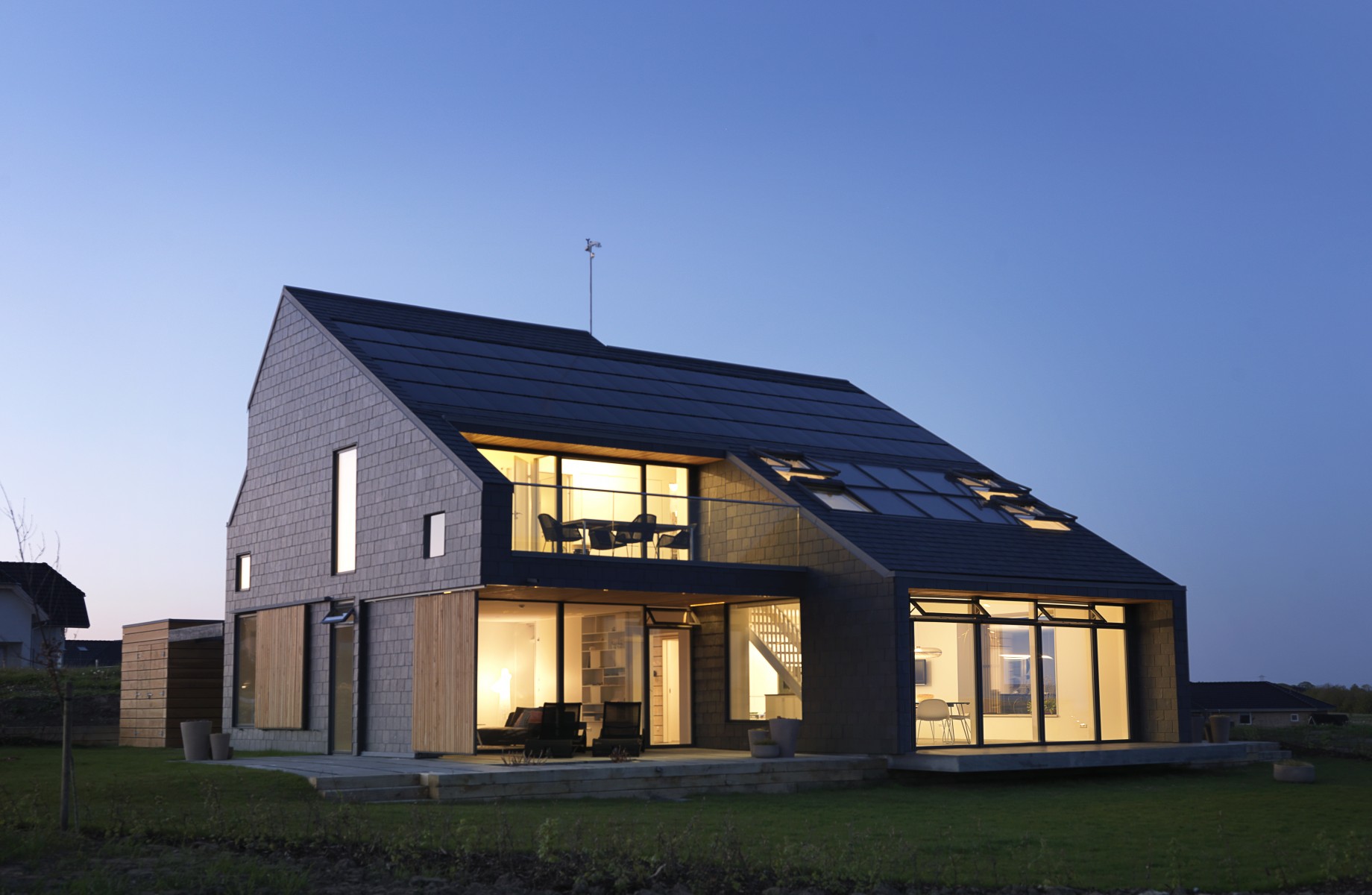New vision for buildings will create balance between energy consumption and well-being
One of the building sector's contributions to the sustainable buildings of the future is the concept of the Active House, where energy, indoor climate and the local environment combine to benefit the occupants.
The health and well-being of the people who live and work in buildings is the pivotal point of a new vision for the building sector called Active House. The vision is founded on experience gained from state-of-the-art low-energy buildings and concentrates on the objectives we should set for buildings of the future. The definition of Active House is now being forged by several players in the building sector, including VELUX, which has many years' experience in bringing daylight and fresh air into buildings. VELUX is participating at the Local Government Climate Change Leadership Summit running from 2 to 4 June in the Copenhagen conference centre Bella Center.
"As a company, we want to think ahead and concentrate on the utilisation of sustainable energy in buildings. At the same time, we also bring comfort to building occupants by making the most of daylight and actively regulating light, air and temperature," says Strategic Project Manager Lone Feifer of VELUX A/S.
People spend up to 90% of their lives indoors but one building in three has a poor indoor climate that leads to allergy, depression and reduced learning ability. On top of this, build-ings accounts for 40% of all energy consumption in industrialised countries and are thus at the focal point of work being done to reduce global CO2-emissions.
VELUX recently demonstrated the potential of working with the Active House concept when, together with a consortium of partners, it completed the first of six CO2-neutral buildings. The first is a new family house in Aarhus, Denmark – Home for Life, which is CO2-neutral and produces more energy than it consumes, thanks to solar thermal heating, heat pumps and low-energy windows. The remaining buildings, under construction in five European countries, will be completed in the course of 2009 and 2010.
"These homes are an experiment to determine the design of the next generation of climate-neutral buildings. We must set new high targets. Especially in terms of the utilisation of re-newable energy and the focus on health and welfare," says Lone Feifer
Target for reduced CO2-emission
The work VELUX is conducting with Active House is based on a holistic model that regulates light, air and ventilation, keeps energy consumption at a minimum with efficient insulation and makes continual adjustments to suit local climatic and light conditions. This broadens discussion of energy consumption to include many more parameters, as a result of which it will be possible to exploit the resources of nature much better.
"Reducing our dependency on fossil fuels, and thereby our CO2-emissions, is a decisive challenge. And VELUX wants to be a part of the solution," says Lone Feifer.
VELUX has recently adopted an ambitious climate strategy that addresses the problem both internally, by reviewing its own CO2-emission, and externally, by intensifying its development of climate-friendly products.
The company has set the target of reducing its CO2-emissions by 20% by 2012 and 50% by 2020 compared to 2007 figures. To reach this target, VELUX is investing DKK 400 million in energy-improving measures over the next few years.
The second part of the strategy is closely linked to initiatives such as Model Home 2020, Active House and several other building projects that VELUX is implementing alone or in partnership with others. The energy consumption and indoor climate of buildings like that in Aarhus will be monitored and measured and the experience gained will be put to use in the company's future product development.

